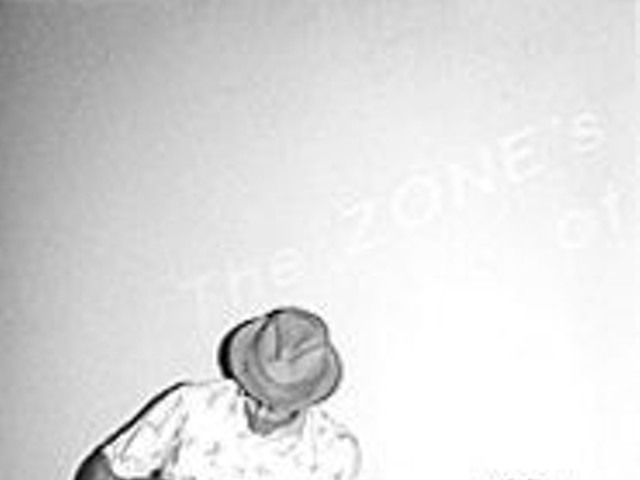Jean-Paul Sartre's No Exit delivers a tag-team approach to theater. As those familiar with this 61-year-old play already know, the stage is not really a boxing ring. Rather, it is a cubicle in Hell. The three antagonists are escorted into this holding pen by an unblinking bellboy (the wide-eyed Adam Hale) who introduces them to the rudiments of their new habitat: Sartre's Hell is a place where you never sleep, a place without hope or love, a place where choice is nil and chance is all.
But because it's Hell -- or perhaps because it's theater -- something has to happen. And so, as the intermissionless evening unfolds, each of the three strangers takes a perverse pleasure in verbally torturing the other two. In Sartre's Hell there are no racks or thumbscrews; the tongue is lash enough.
When Sartre wrote No Exit in 1943 in Nazi-occupied Paris during World War II, he was among the most celebrated intellectuals in France. That same year his lengthy treatise Being and Nothingness had helped to define the new philosophy of existentialism, whose tenets -- simplistically stated -- challenge the existence of God while maintaining that all human relationships are based on conflict. In existentialism, the profoundly alone individual must strive for ruthless self-honesty.
But Sartre was not a playwright; he knew little about dramatic structure. No Exit was his attempt to reach a wider audience by staging philosophy as melodrama. If the play's limited aspirations have prevented it from ever fully succeeding as a theater piece, if No Exit tends to get ensnarled in its own labyrinthine arguments, nevertheless it is at times a fascinating exercise to behold.
The challenge for the director is to instill a disembodied philosophical tract with humanity, energy and momentum. Spotlight Theatre director Jason Cannon has sought to suffuse the dead with life through an assiduous attention to movement. Here it's almost as it the three actors really are in a tag-team match. Cannon hasn't so much blocked the production as he has choreographed it.
Joel Lewis is the first of the three damned souls to arrive in eternity. With his opening line, "So this is it," Lewis sets the evening's edgy tone. His voice reflects surprise rather than resignation. This Garcin is all bluster and bravado. Lewis is a master at staccato movement that can startle a viewer to attention, but he also can sink into a chair and allow fear to physically shrivel him down to child size.
As Inez, Mary Schnitzler is hamstrung by the play's age. In 2004 lesbianism is no longer a character flaw to be equated with cowardice or murder. Inez now transforms No Exit into a kind of time capsule. (So too do the vague references to Garcin's having been a Nazi collaborator). Yet in her severe black pinstripe trousers, as she makes her move on the murderess Estelle, Schnitzler improvises her own version of the spider and the fly, tossing a leg over a divan as brusquely as a lumberjack might straddle a fallen tree. Nicole Angeli's lovely, self-absorbed Estelle is as fragile as the pearls around her neck.
By the time the evening climaxes with one of the most famous lines in all theater, "Hell is other people" -- or, as stated in the 1946 Paul Bowles translation, performed here: "Hell is just other people" -- the viewer might begin to wonder if Garcin, Inez and Estelle really are other people. Or are they three components of the same individual? Perhaps the "other people" to whom Sartre is alluding are those of us sitting in the darkness, blithely passing judgment on both the play and its characters. Like anyone who reaches age 61, No Exit is not without its wrinkles. Nevertheless this curiosity of a play continues to intrigue.





